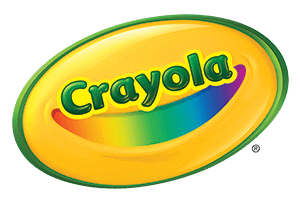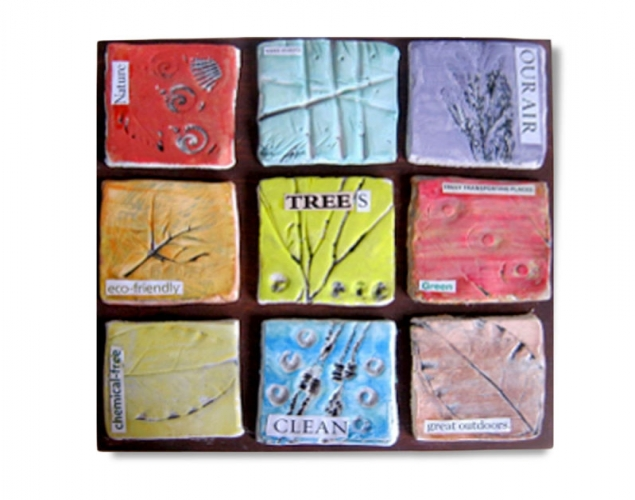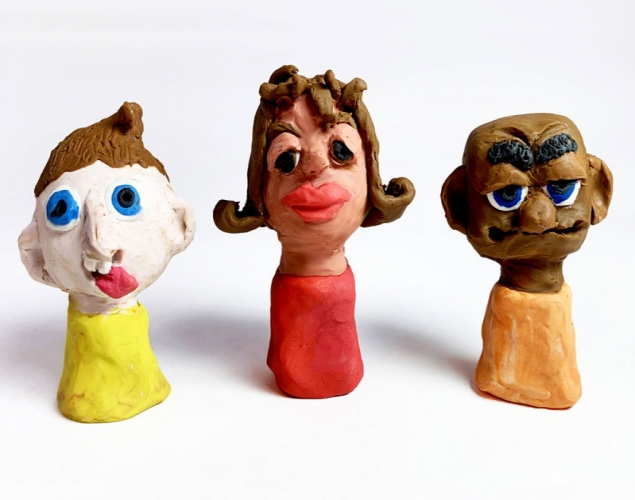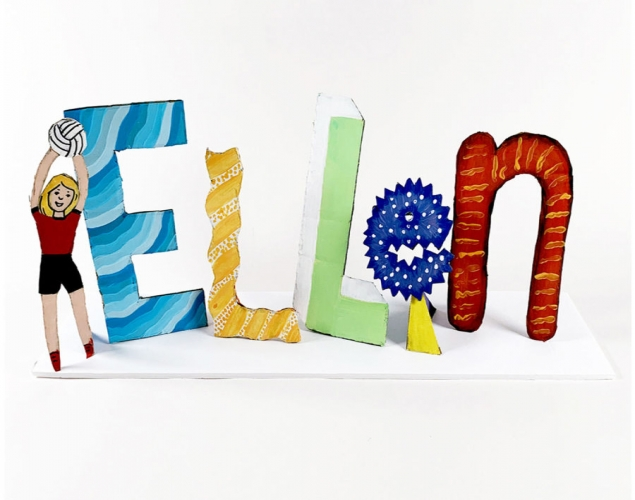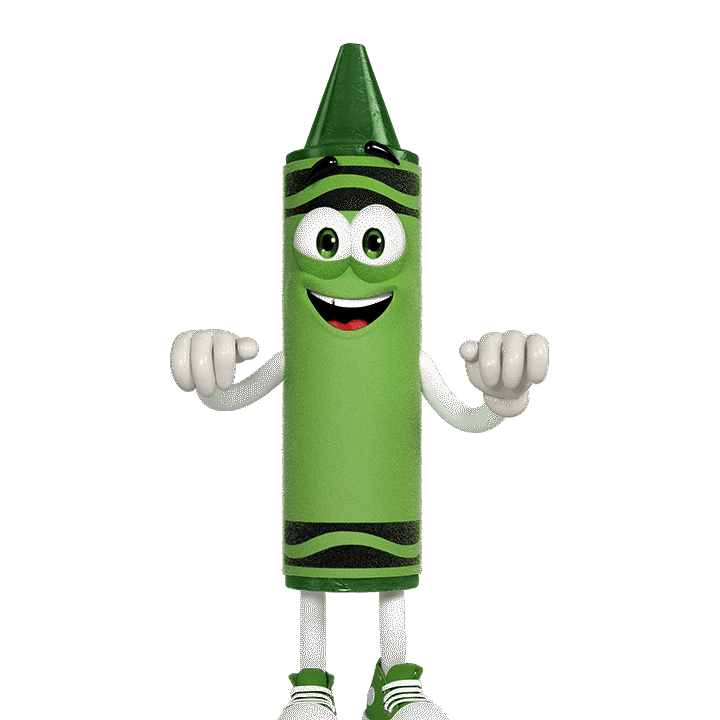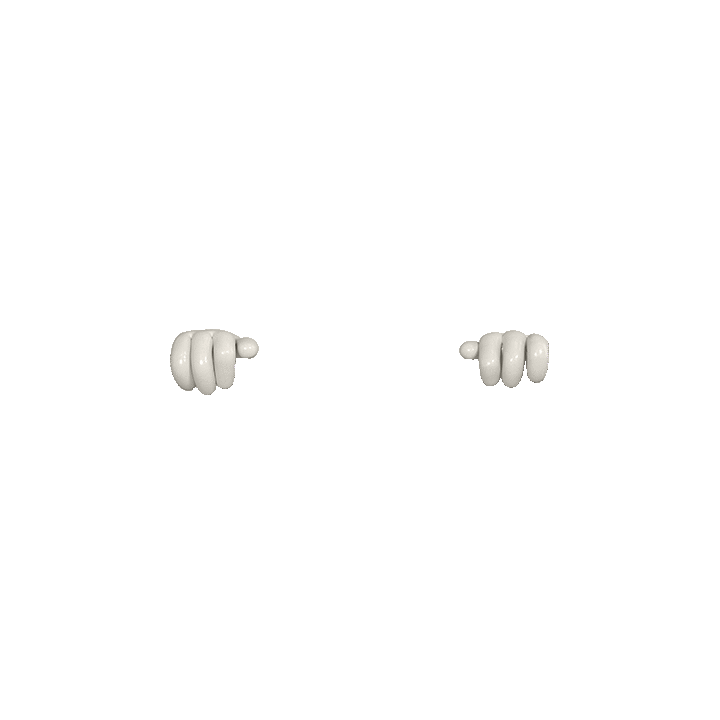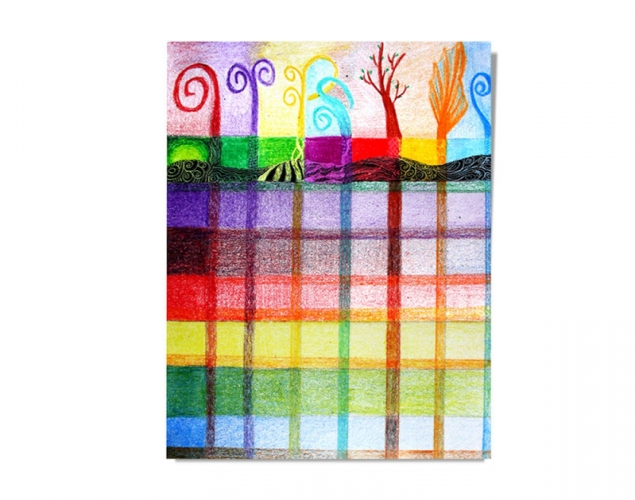
Supplies:
- Crayola Air-Dry Clay - White
- Crayola Acrylic Paint - 6 Count
- Crayola Paintbrushes - 5 Count
- Crayola Washable No-Run School Glue
- Crayola Watercolour Paint - 8 Count
- Wood Panel or Canvas - 25.4 cm x 25.4 cm (10" x 10") - 1 per student
- Rolling Pins
- Water Containers
- Paper Towels
- Natural Objects
- Plastic Placemats - 1 per student
Steps:
1

- Collect natural objects from the environment such as sticks, flowers, leaves, rocks, berries and bark.
2
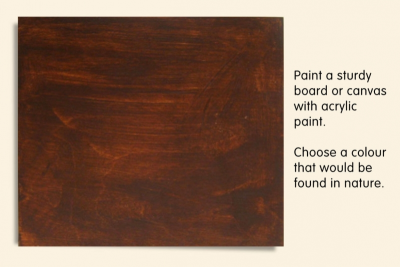
- Paint a sturdy board or canvas with acrylic paint.
- Choose a colour that would be found in nature.
3
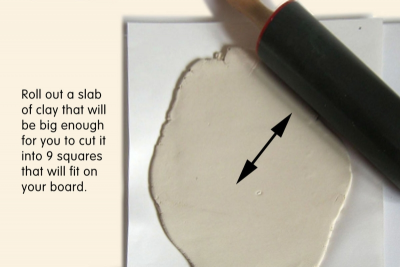
- Roll out a slab of clay that will be big enough for you to cut it into 9 squares that will fit on your board.
4
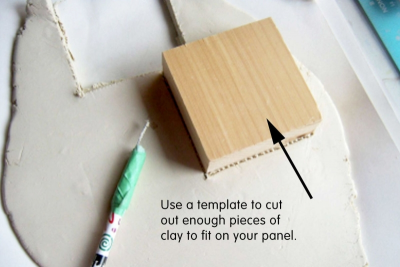
- Use a square of wood or cardboard as a template to cut out enough pieces to fit on your panel.
- Be sure the tiles will fit onto the panel without too much negative space.
5
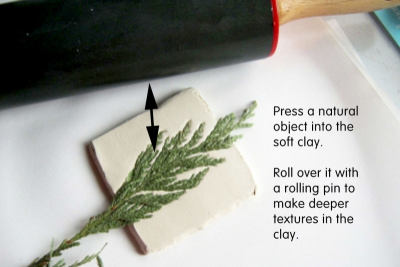
- Press a natural object into one of the soft clay squares.
- Roll over it with a rolling pin to make deeper textures in the clay.
6
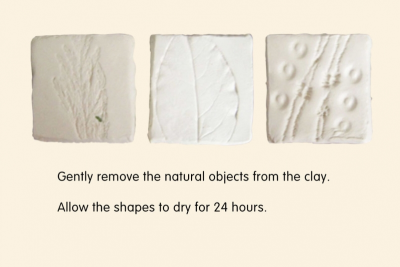
- Gently remove the natural objects from the clay.
- Allow the shapes to dry for 24 hours.
7
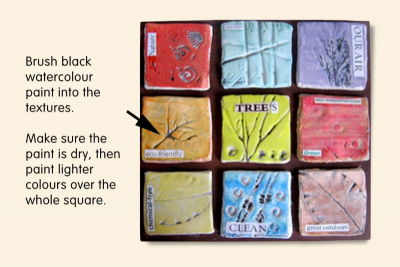
- Brush black watercolour into the textures and let the paint dry.
- Make sure the dark colour goes into all the textures.
- Paint lighter colours on top allowing the dark colour to show the textures.
- Arrange the squares on the board in a balanced composition.
- Crayola No-Run School Glue to glue them in place.
- Cut out some meaningful words from magazines and glue them onto your clay shapes.
- Allow the work to dry for about 3 hours.
Subjects:
Language Arts,
Science,
Visual Arts
Grades:
Grade 7,
Grade 8,
Grade 9,
Grade 10
